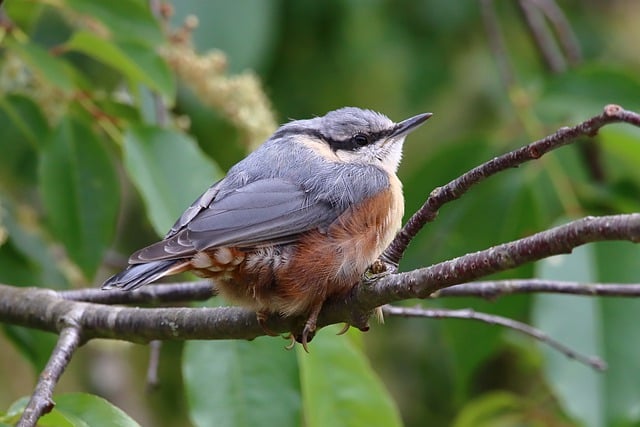Animals occupy a myriad of ecosystems, each with its unique demands and challenges. This article delves into the rich tapestry of animal life, exploring their remarkable adaptations and survival strategies that enable them to thrive across diverse environments. From the arid deserts to the dense rainforests, witness how nature’s ingenuity is on full display in the animal kingdom. Additionally, the importance of conservation efforts in safeguarding Earth’s biodiversity is highlighted, offering insights into the collective actions needed for a sustainable future for all creatures. Join us as we traverse the spectrum of animal life and underscore the significance of their habitats and the measures required to protect them.
The Diverse Ecosystems of Animal Life: An Overview
Animals inhabit a myriad of ecosystems, each presenting unique challenges and resources. From the dense rainforests teeming with life to the stark polar ice caps, animal species have adapted to their environments in remarkable ways. The diversity within these ecosystems is staggering; for instance, tropical rainforests are home to more than half of all animal species, showcasing an intricate web of interdependent relationships. These habitats are characterized by high biodiversity and productivity, where the competition for resources can be intense. In contrast, animals in polar regions have evolved specialized physiological traits to cope with the extreme cold, such as thick insulating fur or blubber layers. The animals here, from the majestic polar bear to the resilient Arctic fox, demonstrate the incredible adaptability of life on Earth. Each ecosystem, whether a vibrant coral reef, a sprawling grassland, or a mountainous terrain, offers its own set of conditions that shape the behaviors and characteristics of its inhabitants. The study of these animals within their respective environments is crucial for understanding the broader patterns of ecology and biodiversity on our planet. It underscores the importance of conservation efforts to protect these diverse ecosystems, ensuring the survival of countless species that contribute to the richness of life on Earth.
Adaptations and Survival Strategies: How Animals Thrive in Their Habitats
Animals possess a myriad of adaptations and survival strategies honed by evolution to thrive in their respective habitats. These features are not mere coincidences but are the result of countless generations of natural selection, where those best suited to their environment tend to survive and reproduce. Take, for instance, the Komodo dragon, which inhabits the arid islands of Indonesia. Its scaly dermal armor offers protection from predators, while its large, venomous saliva-laced teeth are instrumental in subduing prey. Similarly, in the vast aquatic realm, the blue whale’s massive size not only aids in maneuvering through water with grace but also allows it to consume small organisms in vast quantities, fulfilling its nutritional needs without competing directly with other larger predators.
In the air, birds have adapted in myriad ways; the hummingbird’s wings beat at an incredible rate, enabling it to hover and feed on nectar from flowers that few other creatures can reach. Meanwhile, the ostrich, the largest bird, has evolved to run at speeds up to 48 miles per hour to outpace predators across the open savannas of Africa. These animals’ adaptations are not only physical but also behavioral. Many species exhibit seasonal migrations, a strategy that ensures access to resources like food and water, while avoiding harsh environmental conditions. Such movements can span thousands of miles, as seen with monarch butterflies or arctic terns, demonstrating the incredible diversity of life and the myriad ways animals have adapted to survive on Earth.
Conservation Efforts and the Future of Earth's Biodiversity
Globally, conservation efforts have become a critical response to the pressing issue of declining biodiversity. The health of Earth’s ecosystems is intricately linked with the myriad species that inhabit them; as such, initiatives aimed at protecting these animals are not only about preserving individual species but also about maintaining the delicate balance that sustains life on our planet. Conservation strategies encompass a spectrum of actions from habitat restoration and protection to legislation and scientific research that informs policy decisions. By implementing measures such as creating wildlife reserves, enforcing anti-poaching laws, and supporting sustainable agriculture practices, these efforts work towards safeguarding the diversity of species. The future of Earth’s biodiversity hinges on the collective commitment of governments, communities, and individuals to actively engage in and support conservation actions. Through ongoing research, innovative technologies, and international cooperation, we can enhance our understanding of animal habitats and behaviors, leading to more effective and targeted protection measures. The resilience of life on Earth is a testament to its enduring nature, but it is the proactive and concerted efforts of humanity that will ultimately determine the richness and variety of life for generations to come.
